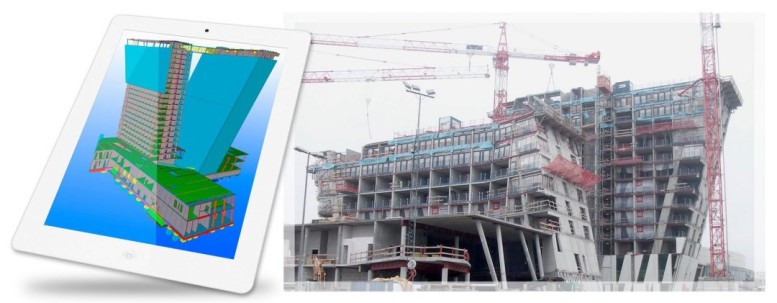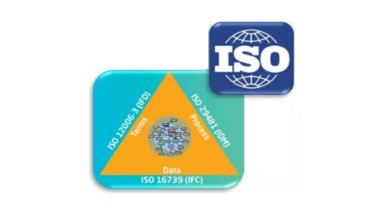Zigurat Global Institute of Technology
Blog / BIM & Construction Management
The emergence of BIM
Categories

In our Global BIM Management Master's program, we teach participants how to manage, implement and execute BIM methodology across all phases of a construction project. What led to the current emergence of BIM?
Professionals recognize that BIM is the most game-changing thing to happen to the AECO industry since the advent of CAD systems. Working on a data-rich BIM model affords us valuable changes to workflow, saving us precious time and money on our projects. But BIM technology has been in development for over 30 years, so what factors have led to the current emergence of BIM and its popularity within the industry?
Technological
PCs (hardware) - Technology has advanced rapidly and continues to do so. Modern computing power means you no longer have to invest thousands of dollars for a computer workstation. Professionals can work from home or on a laptop, enabling them to work from anywhere in the world.
Software – Standardized file formats allow us to integrate data and interoperate in a way that was never possible before. The old workflows had required us to create many iterations and reiterations of the same work. Now, with the emergence of BIM, data is transferred seamlessly between different software programs, facilitating the management of information and allowing us to use this data in a more effective way.
Internet – Much like computing power, internet transfer speeds have also evolved rapidly. An entire project can be uploaded in a fraction of the time that was previously possible. This facilitates workflows and ensures that collaborative work can occur, with contribution from players in many different locations.
The Cloud - Cloud servers allow information to constantly be updated and shared between everyone involved in a project. Having the ability to know that we are always working on the latest version of the project permits us to see changes updated in real time and recognize conflicts as they occur.
Social
Environment – With the current state of the Earth, “Sustainability” is more than just a buzzword; it’s an aspect of design and construction that we need to be very conscious of. The data from a BIM model can be used to conduct energy analysis and efficiency studies, contributing to sustainable and responsible design.
Crisis – There is also the socioeconomic aspect to consider. With many countries currently experiencing an economic crisis, the global construction industry as a whole has been impacted. The emergence of BIM methodology allows us to save on time spent on projects, as well as create accurate cost estimations and budgets, saving us valuable resources in our construction projects. BIM can be implemented in the design phase, all the way through to Facility Management, and even the eventual demolition of the building.
This article is presented as part of our Global BIM Management Master's program. Learn how to manage, implement and execute BIM methodology in every phase of a construction project. Click the banner below for more information.



